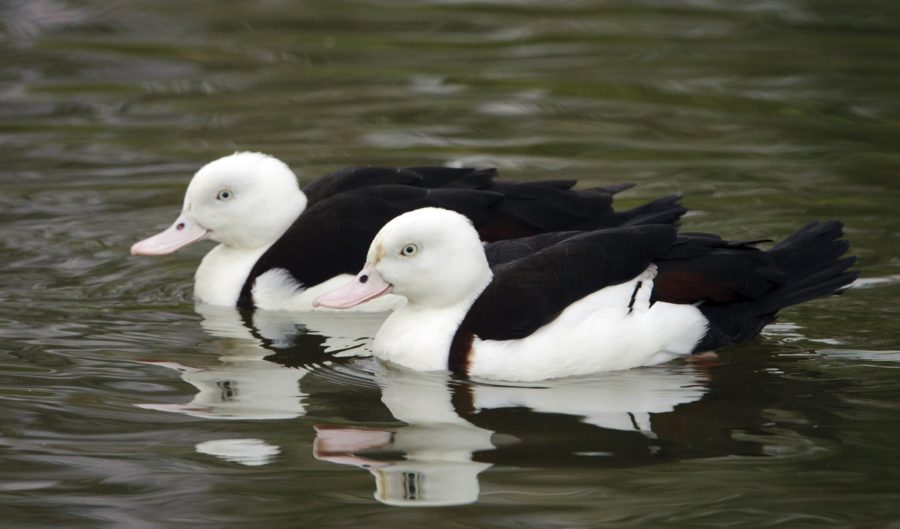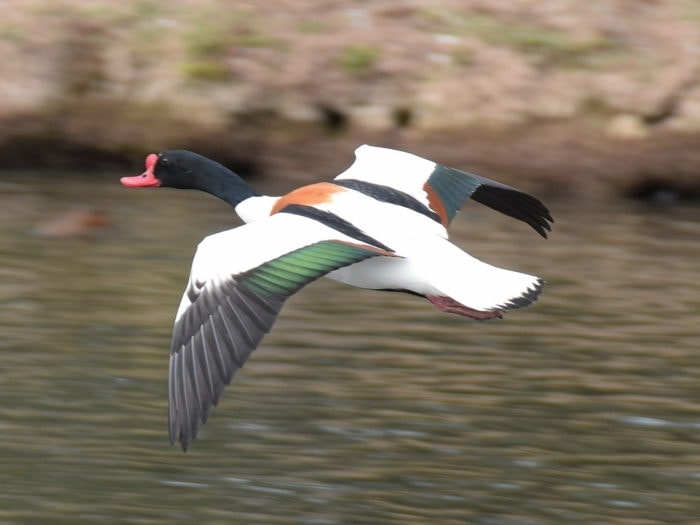The Burdekin duck is like no other duck in the world

Bec Crew
Bec Crew

THAT ONE in the front looks like the brains of the operation and the one at the back, well, you kinda just want to pinch its cheeks and stroke its soft little head.
Meet the Burdekin duck (Radjah radjah), otherwise known as the radjah shelduck, a species found in the coastal tropics of northern Australia, as well as in New Guinea and the Maluku Islands of eastern Indonesia.
Ranging from northern Queensland, where it’s rare, across to the coast of the Northern Territory, where it’s most common, and out around the Fitzroy River area of Western Australia, this duck is quite unlike any other shelduck on Earth.
Shelducks are large waterfowl, and could be considered as sitting halfway between a goose and a duck. They’re known for the distinct green band of feathers that runs along the tops of their wings, and while there are only a handful of species, they’re spread out across the globe.
There’s the gorgeous South African shelduck (Tadorna cana), the Australian shelduck (Tadorna tadornoides) – look at this proud lady – and the paradise shelduck (Tadorna variegata) from New Zealand, to name a few.
And here’s the common shelduck (Tadorna tadorna) from Eurasia, showing off that incredible green wing band:

(Image credit: Adrian Pingstone/Wikimedia)
All species of shelduck belong to the genus Tadorna, except one: the Burdekin duck.
Recent DNA tests showed it to be so odd, scientists had to create a whole new genus for it, and this genus contains it and it alone. And what a stately genus it is: Radjah means “king” or “prince” in Hindi.
Burdekin ducks can most often be found in mangrove flats and paperbark tree swamps, but can sometimes be spotted in freshwater swamps, lagoons, and billabongs during the wet season. They form strongly bonded mating pairs, and are very vocal, making the most unusual sounds.
The noise the females make, which has been described as “less ducklike” than that of the females of the other shelduck species, “is a wheezy, low-pitched note that could scarcely be termed a quack,” says American ornithologist, Paul Johnsgard.
The males, on the other hand, emit a hoarse whistling noise.
You can hear them below:
https://www.youtube.com/watch?v=6aiqeBtbjJQ
And there are a couple of recordings here.
Interestingly, this strange shelduck might actually live up to its lofty genus name.
As Australian biologist, Tim Low, wrote in his 2014 book, Where Song Began: Australia’s Birds and How They Changed the World, “Australia gave the world shelducks, since Australia had them 10 million years before Europe, and … Australia’s radjah shelduck is the sister of all other shelducks.”
Now check out this lovely family of Burdekin ducks to brighten your morning:

